Description
The instruction
for medical use
of Metoject® medicine
the Trade name
of the drug Metoject®
the International unlicensed
name Methotrexate Dosage Form Solution for injections of 10 mg / 1мл
Structure
One ml of solution contains
active agent – a methotrexate in the form of a dinatrium methotrexate – 10 mg,
excipients: sodium chloride, sodium hydroxide, water for injections.
Description
Transparent solution of slightly yellowish color.
Pharmacotherapeutic group
Antimetabolites. Analogs of folic
acid
the ATH Code – L01BA01
the Pharmacological
Pharmacokinetics Distribution Near properties of 50% of a methotrexate contacts proteins of plasma. After distribution in fabrics high concentrations of a methotrexate in the form of polyglutamates are found in a liver, kidneys and especially in a spleen in which the methotrexate can keep within several weeks or even months.
At use in small doses gets into cerebrospinal fluid only in the minimum quantities.
Elimination half-life averages 6-7 hours and is characterized by high variability (3-17 hours). At patients with an additional volume of distribution (existence of a pleural effusion, ascites) the elimination half-life can increase to the sizes exceeding average values by 4 times.
Metabolism/elimination
About 10% of the entered dose is metabolized in a liver, the main metabolite – 7 hydroxymethotrexate also has pharmacological activity.
It is removed mainly in not changed look by kidneys by glomerular filtration and canalicular secretion. About 5-20% of a methotrexate and 1-5% 7 hydroxymethotrexates are removed with bile (with the subsequent reabsorption in intestines). Removal of drug at patients with a renal failure is considerably slowed down. There are no data on delay of removal of a methotrexate at insufficient function of a liver.
The pharmacodynamics
the Methotrexate is an antagonist of folic acid, belongs to a class of cytotoxic means, known as antimetabolites. He acts by means of competitive inhibition of reductases of dihydrofolates, interfering with DNA synthesis. Still it is not established, than the efficiency of a methotrexate in treatment of psoriasis, psoriasis arthritis and chronic polyarthritis is caused: anti-inflammatory or immunosuppressor effect of drug and also in what degree these influences influence increase in the inflamed sites of the extracellular concentration of adenosine caused by a methotrexate.
Indications
– a pseudorheumatism at adult patients
– polyarthritis at patients with heavy juvenile chronic arthritis in an active form
– severe generalized forms of psoriasis and psoriasis arthritis at the adult patients who are not responding to usual therapy.
The route of administration and doses
Drug has to be appointed by the doctor having experience of use of a methotrexate and familiar with properties of drug and features of its action. Metoject it is entered once a week.
Adult patients with a pseudorheumatism:
The recommended initial dose makes 7.5 mg of a methotrexate once a week intramusculary, intravenously or subcutaneously. Depending on severity of a disease and shipping of a methotrexate the dose can be gradually increased (on 2.5 mg a week). The maximum dose should not exceed 25 mg a week. The response to treatment usually comes in 4-8 weeks after the beginning of use of drug. After achievement of the desirable answer it is necessary to begin a dose decline to the lowest effective maintenance dose.
Patients with psoriasis and psoriasis arthritis:
In a week prior to treatment it is recommended to enter parenterally a test dose of 5-10 mg of a methotrexate for identification of reactions of intolerance. The recommended initial dose – 7.5 mg of a methotrexate once a week intramusculary, intravenously or subcutaneously. The dose should be increased gradually, at the same time the maximum dose in most cases should not exceed 25 mg of a methotrexate a week. The response to treatment usually comes in 2-6 weeks after the beginning of use of drug. After achievement of the desirable answer the dose has to be reduced to the lowest effective maintenance dose.
Patients with a renal failure:
Metoject it has to be applied with care at patients with a renal failure. Depending on value of clearance of creatinine the dose of the Metoject should be adjusted according to the following table:
Clearance of creatinine, ml/min.
a methotrexate Dose (% of a usual dose)
& gt,
50,100%
of 20-50
50%
& lt, 20
Use of Metoject contraindicated
Patients with a liver failure:
At patients with the profound diseases of a liver now or in the anamnesis, especially caused by alcohol intake, Metoject it is necessary to apply carefully. At the level of bilirubin & gt, 5mg/dl (85.5mkmol/l) the methotrexate is contraindicated.
Elderly patients:
It is necessary to apply with care, dose adjustment towards lowering because of age depression of function of a liver and kidneys and also decrease in a reserve of folates in an organism is quite often necessary.
Children up to 16 years with a poliartritny form of juvenile chronic arthritis:
The recommended dose of a methotrexate makes 10-15 mg/sq.m of a body surface a week. At insufficient efficiency of treatment the dose can be increased up to 20 mg/sq.m of a body surface a week. Because of limitation of data on hypodermic and intravenous use for children drug in juvenile arthritis should be used intramusculary.
Duration and a method of administration
of Metoject are appointed subcutaneously, intramusculary or intravenously.
The injection cannula which is a part of packing is intended only for hypodermic introduction of Metoject. For administration of drug intramusculary it is also intravenously necessary to use needles, suitable for these methods of administration.
The general duration of treatment is determined by the doctor.
Notes.
Upon transition from use of a methotrexate inside to a parenteral method of administration the dose decline because of distinction of bioavailability of drug at different routes of administration can be required.
When prescribing drug it is necessary to consider a question of co-administration of drugs of folic acid according to the existing standards of treatment.
With Metojecty it is necessary to address according to iinstruktion on work with the cytotoxic medicines approved in medical institution. Pregnant medical employees should not work with Metojecty. It is necessary to avoid contact of the Metoject with skin and mucous membranes. At hit of the Metoject for skin and mucous they should be washed out immediately a large amount of water.
Side effect
the Most frequent side effects at use of the Metoject are reactions from the system of a hemopoiesis and digestive tract. The following gradation are applied further to designation of frequency of effects: very often (³ 1/10), it is frequent (³ 1/100, & lt, 1/10), is less frequent (³ 1/1000, & lt, 1/100), is rare (³ 1/10000, & lt, 1/1000), is very rare (& lt, 1/10000).
– Very often (& gt, 1/10)
– stomatitis, dyspepsia, nausea, loss of appetite, increase in level of transaminases
– it is frequent (& gt, 1/100, & lt, 1/10)
– ulcers in an oral cavity, diarrhea, a dieback, an erythema, a skin itching, a headache, feeling of fatigue, drowsiness, an interstitial alveolitis / pneumonia (dry unproductive cough, short wind and fever), a leukopenia, anemia (including. aplastic), a neutropenia, thrombocytopenia
– It is less frequent (& gt, 1/1,000, & lt, 1/100) – pharyngitis, enteritis, vomiting, a photosensitization, baldness, increase in rheumatic nodes, a vasculitis, Herpes zoster, a herpetiform enanthesis, urticaria, dizziness, feeling of confusion, a depression, cirrhosis, fibrosis and fat regeneration of a liver, hepatotoxicity (acute hepatitis, a liver failure), a pancytopenia, inflammation and an ulceration of a bladder or vagina, urodynia, a hamaturia, to a giper
a rikemiya, a renal failure, an arthralgia, myalgia, osteoporosis, an osteonecrosis
– is rare (& gt, 1/10,000, & lt, 1/1,000) –
digestive tract Erosive cankers, the increased pigmentation, allergic reactions up to an acute anaphylaxis, the allergic vasculitis, fever, konjyuktivit, infections, sepsis, deterioration in healing of wounds, a pleural exudate, a pericarditis, a pericardiac exudate, a pericardiac tamponade, a hypogammaglobulinemia, pulmonary fibrosis, a pulmonary pneumocystosis, pulmonary insufficiency and bronchial asthma, a heavy renal failure, an oliguria, an anury, an azotemia, disturbances of electrolytic balance.
– Very seldom (& lt, 1/10,000)
vomiting with blood impurity, bleeding from digestive tract (including a melena, a hematemesis), changes of pigmentation of nails, sharp paronychias, Stephen-Johnson’s syndrome, an epidermal necrolysis (Lyell’s disease), pain, muscle weakness or paresthesia of extremities, disturbance of flavoring feelings (metal smack), spasms, a meningism, paralysis, an agranulocytosis, heavy oppression of function of marrow, vaginal discharges, loss of sexual desire, impotence, an oligospermatism, disturbances of a menstrual cycle, infertility, a lymphoma.
Contraindications
hypersensitivity to a methotrexate or other components of drug
– the profound abnormal liver function
– alcoholism
– the profound renal failure (clearance of creatinine less than 20 ml/min.)
– disturbances of a hemopoiesis in the anamnesis, such as marrow hypoplasia, leukopenia, thrombocytopenia, the profound anemia
– serious acute or chronic infectious diseases, such as tuberculosis, HIV infection
– ulcers of an oral cavity, a peptic ulcer of digestive tract in an active phase
– pregnancy and the period of a lactation
– simultaneous vaccination by live vaccines.
Medicinal interactions
Alcohol, gepatotoksichny and gematotoksichny medicines
Regular alcohol intake and use along with a methotrexate of gepatotoksichny drugs increase risk of manifestation of hepatotoxicity of a methotrexate. For the patients using other gepatotoksichny drugs (for example, leflunomid), it is necessary to carry out careful observation. It also concerns cases of co-administration of the drugs oppressing a hemopoiesis that increases risk of development of a gematotoksichnost of a methotrexate. At co-administration of a leflunomid and methotrexate the risk of a pancytopenia and hepatotoxicity increases.
Antibiotics
Such antibiotics as penicillin, glycopeptides, streptocides, ciprofloxacin, cefalotin in some cases can reduce removal of a methotrexate kidneys that leads to increase in its concentration in plasma and, thus, to risk of manifestation of hematologic and gastrointestinal toxicity.
The antibiotics accepted inside (tetracyclines, chloramphenicol and the antibiotics of a broad spectrum of activity which are badly soaking up in a GIT), can reduce absorption of a methotrexate and break his metabolism owing to suppression of normal intestinal microflora or bacterial metabolism.
Probenetsid, weak organic acids, drugs of a pirazolovy row and
Probenetsid non-steroidal anti-inflammatory drugs, weak organic acids (such as loopback diuretics) and drugs of a pirazolovy row (phenylbutazone) reduce removal of a methotrexate and can lead to increase in its concentration in plasma and, thus, to increase in hematologic toxicity. The risk of increase in toxicity arises at a methotrexate combination with non-steroidal anti-inflammatory drugs or salicylates.
The medicines influencing marrow
in case of use of the drugs capable to influence marrow (including as side effect) (for example, streptocides, Trimethoprimum-sulfometoksazol, chloramphenicol, Pyrimethaminum) it is necessary to consider a possibility of oppression of a hemopoiesis.
Can lead the drugs capable to cause deficiency of folates Co-administration of such drugs (for example, streptocides, Trimethoprimum-sulfamethoxazole) to increase in toxicity of a methotrexate. Therefore it is recommended to observe extra care in prescribing of such drugs in order to avoid development of deficiency of folic acid.
Joint appointment with other antirheumatic medicines (gold drugs, Penicillaminum, hydroksikhlorokin, Sulfasalazinum, Azathioprinum, cyclosporine) does not lead other antirheumatic medicines to increase in toxic effects of a methotrexate.
Sulfasalazinum
the methotrexate Combination with Sulfasalazinum can increase efficiency of a methotrexate and as result, to enhance the side effects connected with an ingibition of synthesis of folic acid Sulfasalazinum. However, such side effects during a number of researches were observed only in separate exceptional cases.
Inhibitors of the proton pump
At co-administration of inhibitors of the proton pump (omeprazolum, pantoprazol) removal of a methotrexate can change. Simultaneous use of a methotrexate and omeprazolum increases time of removal of a methotrexate. It was reported about one case of decrease in removal of a metabolite of a methotrexate – 7 hydroxymethotrexates that was followed by myalgia and a shiver.
Caffeine – and teofillinsoderzhashchy drinks
during treatment by a methotrexate it is necessary to avoid the use in large numbers caffeine – and teofillinsoderzhashchy drinks (the coffee containing caffeine drinks, black tea).
It is recommended not to mix Metoject with other medicines and solvents.
Special instructions
Patients have to be accurately informed that drug should be used once a week, but not daily. For the patients undergoing therapy Metojecty it is necessary to carry out appropriate observation in order that signs of potential toxic impact and side reactions came to light and estimated with the minimum delay. Metoject it has to be appointed only the specialist doctor having sufficient knowledge and experience of performing anti-metabolic therapy. In view of possible development heavy, or even fatal side reactions, patients have to be completely informed by the doctor on possible risks and the recommended security measures. The recommended inspections and security measures. Before the beginning or resuming of treatment by a methotrexate: full general blood test with determination of level of thrombocytes, biochemical analysis of blood with determination of values of enzymes of a liver, bilirubin, seralbumin, radiological inspection of a thorax, a research of function of kidneys has to be made. If necessary – tests for tuberculosis and hepatitis.
During treatment (at least once a month in the first six months of treatment, further – at least once in three months):
Inspection of a mucous mouth and throat
Full general blood test with determination of level of thrombocytes: the suppression of a hematopoiesis caused by a methotrexate can suddenly happen, including at use of drug in small doses. Anyway considerable decrease in number of leukocytes or thrombocytes it is necessary to interrupt immediately treatment with a methotrexate and to carry out adequate maintenance therapy. It has to be recommended to patients to report about any symptoms and symptoms of possible infections. The patients who are at the same time using gematotoksichny drugs (for example, leflunomid), have to be observed carefully with control of indicators of blood and number of thrombocytes.
Research of function of a liver: special attention has to be paid to identification of potential toxic impact on a liver. Treatment should not begin, or has to be interrupted at detection during the corresponding analyses or at a biopsy of the abnormal liver functions which were present prior to treatment or developed in the course of treatment. Usually the disturbances which developed in the course of treatment return to normal within two weeks after therapy interruption by a methotrexate then at the discretion of the attending physician the treatment can be resumed. At use of a methotrexate according to rheumatologic indications there is no obvious need of carrying out a biopsy of a liver for control of hepatic toxicity. In psoriasis carrying out a biopsy of a liver is considered necessary before and during therapy for state assessment according to modern scientific data. Special attention should be paid to patients with risk factors: such as excess alcohol intake, steady increase in level of enzymes of a liver, liver disease in the anamnesis, diabetes, obesity, use of the gepatotoksichny drugs or drugs influencing a hematopoiesis in the anamnesis. Control of “hepatic” enzymes in blood serum: at 13-20% of patients it was reported about tranzitorny 2-3-fold exceeding normal level of transaminases. In case of steady increase in level of “hepatic” enzymes the question of a dose decline or the termination of treatment has to be considered. In view of toxic impact of drug on a liver during treatment the patients, except for cases of obvious need, should abstain from simultaneous use of other gepatotoksichny drugs, it is also necessary to avoid or to significantly reduce alcohol intake. At the patients using other gepatotoksichny or gematotoksichny drugs (for example, leflunomid), it is necessary to control the level of “hepatic” enzymes carefully.
Control of function of kidneys and analysis of urine: as the methotrexate is removed generally by kidneys, in case of insufficiency of function of kidneys it is necessary to expect increase in level of a methotrexate in plasma that is capable to lead to manifestation of serious undesirable side effects. In cases of possible depression of function of kidneys (for example, at elderly patients) control examinations should be performed more often. Also it belongs to cases of co-administration of the drugs influencing removal of a methotrexate, drugs capable to lead to damage of kidneys (for example, NPVP) and also the drugs capable to influence the system of a hemopoiesis. Dehydration can also enhance toxicity of a methotrexate.
Inspection of a respiratory system: special attention needs to be paid on symptoms of deterioration in function of lungs, in case of need the corresponding tests have to be carried out. The symptoms of damage of respiratory organs (especially dry unproductive cough), a nonspecific pneumonitis arising during therapy by a methotrexate can testify to potentially dangerous disease and demand interruption of treatment and careful inspection for the purpose of diagnosis. Clinical symptoms of the damage of lungs caused by use of a methotrexate are various, however typical signs are fever, cough, the complicated breath, an anoxemia. X-ray inspection of a thorax is obligatory for an exception of presence of infiltrates or an infection. The possibility of the disease of respiratory organs caused by use of a methotrexate does not depend on the applied drug doses. The methotrexate influences the immune system and can worsen reaction to vaccination and influence results of immunoassays. The special care is required in cases of use of drug for patients with chronic infectious diseases out of the aggravation periods (Herpes zoster, teberkulez, hepatitis B or C) because of a possibility of exacerbation of a disease. The refusal of immunization by live vaccines is necessary. The patients applying low doses of a methotrexate can have malignant lymphoma, in these cases the treatment has to be stopped. In the absence of signs of spontaneous regression of a lymphoma performing cytotoxic therapy is necessary. It is necessary to confirm lack of pregnancy prior to treatment Metojecty. The methotrexate can show embriotoxity, cause termination of pregnancy and development of defects of a fruit. The methotrexate influences a spermatogenesis and maturing of an ovum during introduction, is capable to reduce ability to conceive. Decrease in fertility is reversible, it is restored after the treatment termination by a methotrexate. It is necessary to inform in detail patients and their partners on reproductive toxic effects of a methotrexate.
Pregnancy and feeding by a breast
the Methotrexate shows teratogenic properties, is capable to cause fruit death, congenital malformations. However at therapy interruption the methotrexate before fertilization observes a normal course of pregnancy. Patients of childbearing age of both sexes and their partners have to apply reliable methods of contraception during treatment by a methotrexate and at least within 6 months after its termination. In case the woman became pregnant during therapy by a methotrexate, it is necessary to consider risk of collateral impact on a fruit. The methotrexate is allocated with breast milk in the quantities dangerous to the child therefore before an initiation of treatment breastfeeding it is necessary to stop and abstain from it during all course of treatment.
Features of influence of medicine on ability to run motor transport and potentially dangerous mechanisms
As the methotrexate is capable to influence the central nervous system (feeling of fatigue, dizziness), the patients using drug should abstain from driving and use of mechanisms.
Overdose
Symptoms: from the system of a hemopoiesis.
Treatment: administration of specific antidote – folinat calcium (whenever possible immediately) for neutralization of toxic action of a methotrexate.
At accidental overdose within the first hour after introduction of a methotrexate the folinat calcium dose equal or exceeding a methotrexate dose has to be entered intravenously or intramusculary. Further as required administration of calcium of the folinat has to be continued before achievement of level of a methotrexate in blood serum lower than 10-7 mol/l.
In case of considerable overdose for prevention of precipitation of a methotrexate and/or its metabolites in renal tubules it is necessary to carry out hydration of an organism and alkalifying of urine, it accelerates removal of a methotrexate. The hemodialysis and peritoneal dialysis do not accelerate removal of a methotrexate. The faltering (periodic) hemodialysis using the device of high-speed dialysis is effective.
A form of release and packing
On 7.5mg/0.75ml, 10mg/1ml, 15mg/1.5ml, 20mg/2ml or 25mg/2.5ml in the graduated syringe from neutral colourless glass (type I E. F.), closed by a rubber bung with a polymeric nozzle on the flange in the blister from PVC/paper.
An injection cannula in the blister from PE/paper.
One filled syringe with drug and one needle in the blister together with the instruction for use in a cardboard pack.
To Store storage conditions in packing in the place protected from light at a temperature not above 25ºС.
To store out of children’s reach!
A period of storage
2 years
Prescription status
According to the prescription
the Producer
medak Teatrstrasse
6 GmbH, Vedel, D-22880, Germany
to Develop
Additional information
| Ingredient |
|---|





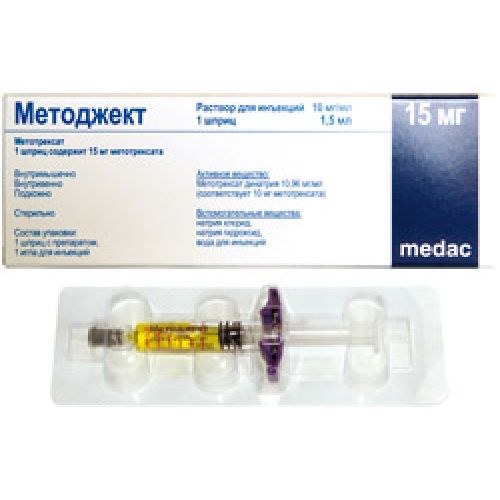
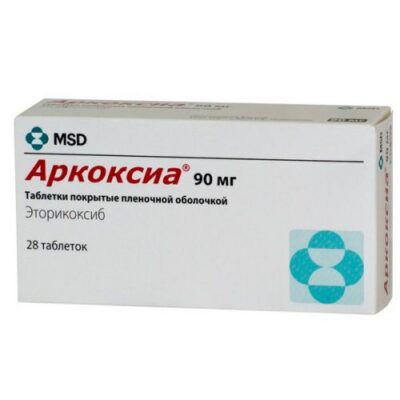
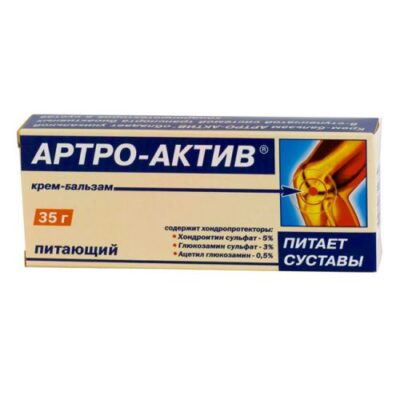
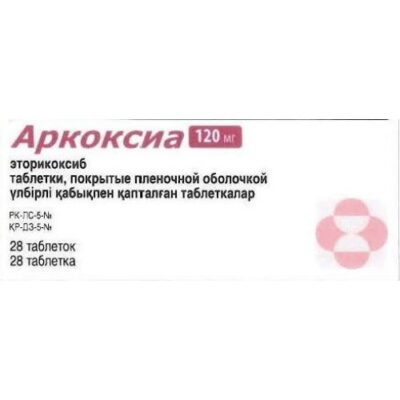
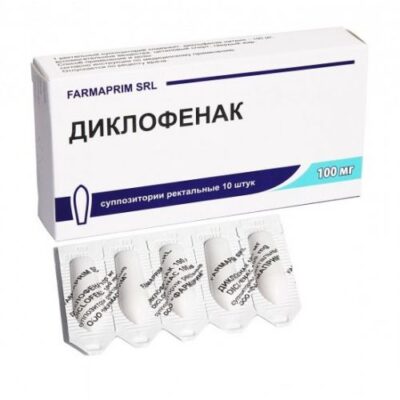
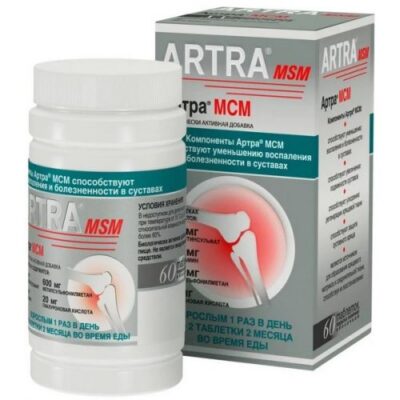
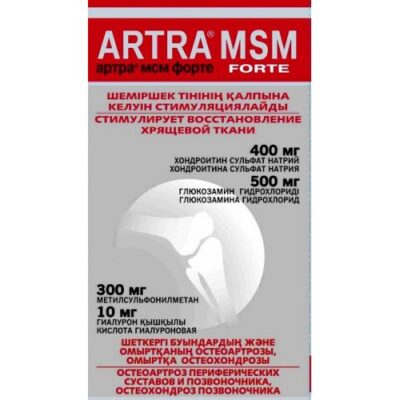

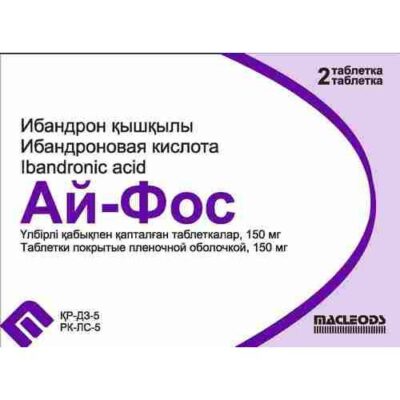
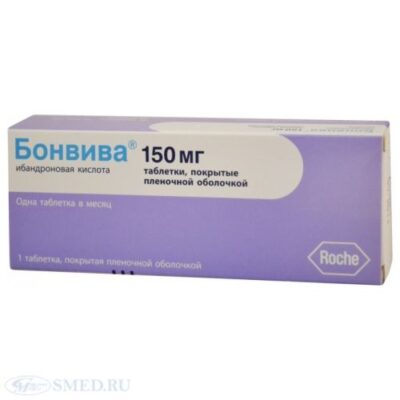
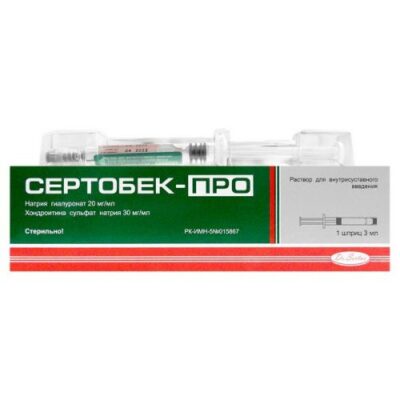






Reviews
There are no reviews yet.